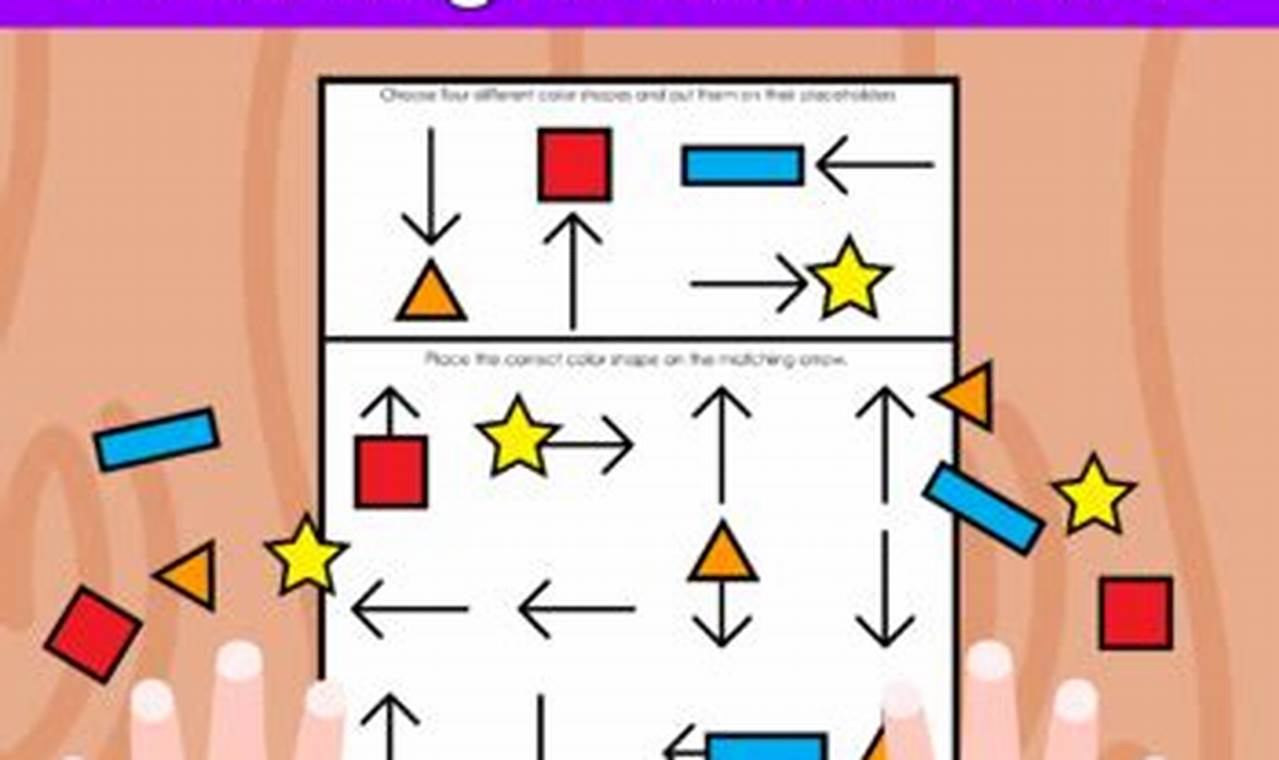Developing strong hand-eye coordination is fundamental for a child’s early learning journey. This skill acts as a cornerstone for essential abilities such as handwriting, drawing, and even mastering everyday tasks like buttoning a shirt or using utensils. Worksheets designed to enhance hand-eye coordination provide a structured and engaging way for children to refine their motor skills and visual perception.
Utilizing printable tracing shapes and lines for hand-eye coordination offers several key learning benefits. These worksheets aid in enhancing essential skills such as pre-writing readiness, fine motor control, and visual tracking. By consistently practicing tracing, children improve their ability to control a pencil or crayon, follow visual cues, and maintain focus, which are all vital for academic success and everyday activities.
This specific worksheet provides a variety of tracing activities designed to progressively challenge and engage young learners. It incorporates a range of shapes, including circles, squares, triangles, and stars, as well as different types of lines, such as straight, curved, and zig-zag. The bold lines offer a clear guide for tracing, while the ample space encourages repeated practice. The straightforward layout ensures ease of use for both children and educators.
To use the worksheet effectively, begin by ensuring the child is seated comfortably with good posture. Provide a thick pencil or crayon that is easy to grip. Start with the simpler shapes and lines, gradually progressing to more complex patterns as the child gains confidence. Encourage slow and deliberate tracing, emphasizing accuracy over speed. Adults can offer gentle guidance by holding the child’s hand or providing verbal cues, such as “follow the line carefully.” Breaking the worksheet into smaller sections and offering short breaks can help maintain the child’s engagement and prevent frustration.
To further support the development of hand-eye coordination, consider incorporating related activities into the child’s daily routine. Exploring additional tracing worksheets with varying themes from resources like Kidtraces.com can offer continuous practice. Educational games that involve catching, throwing, or building with blocks can also significantly enhance these skills. Encouraging activities like drawing, coloring, and playing with puzzles are beneficial complementary exercises.
In conclusion, printable tracing shapes and lines for hand-eye coordination worksheets provide a valuable tool for nurturing essential skills in young learners. By enhancing fine motor control, visual perception, and pre-writing readiness, these worksheets contribute to a child’s overall academic and developmental progress. Download the worksheet today and begin fostering your child’s hand-eye coordination skills. Furthermore, explore Kidtraces.com for a wider selection of free worksheets that support continuous learning and skill development.
